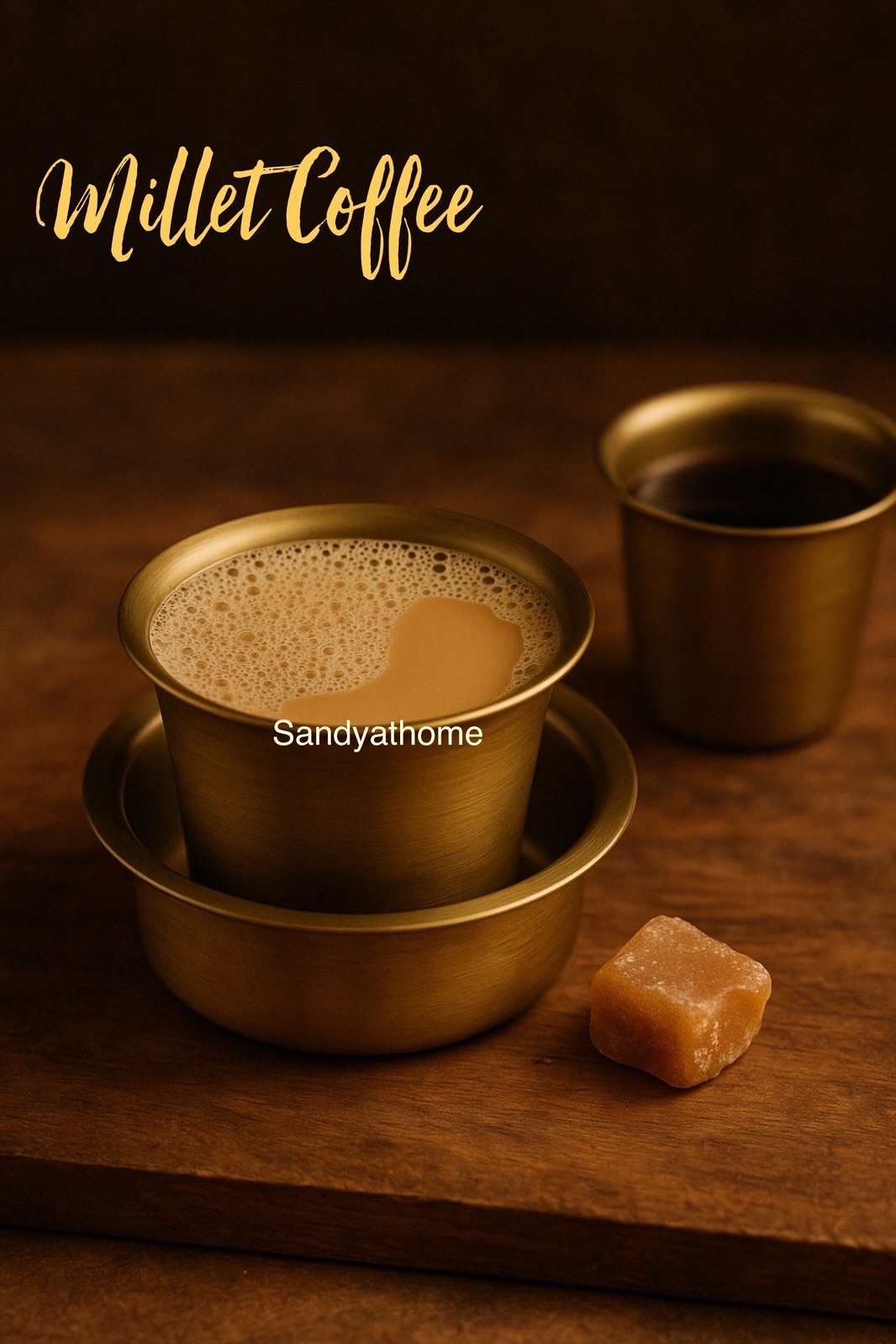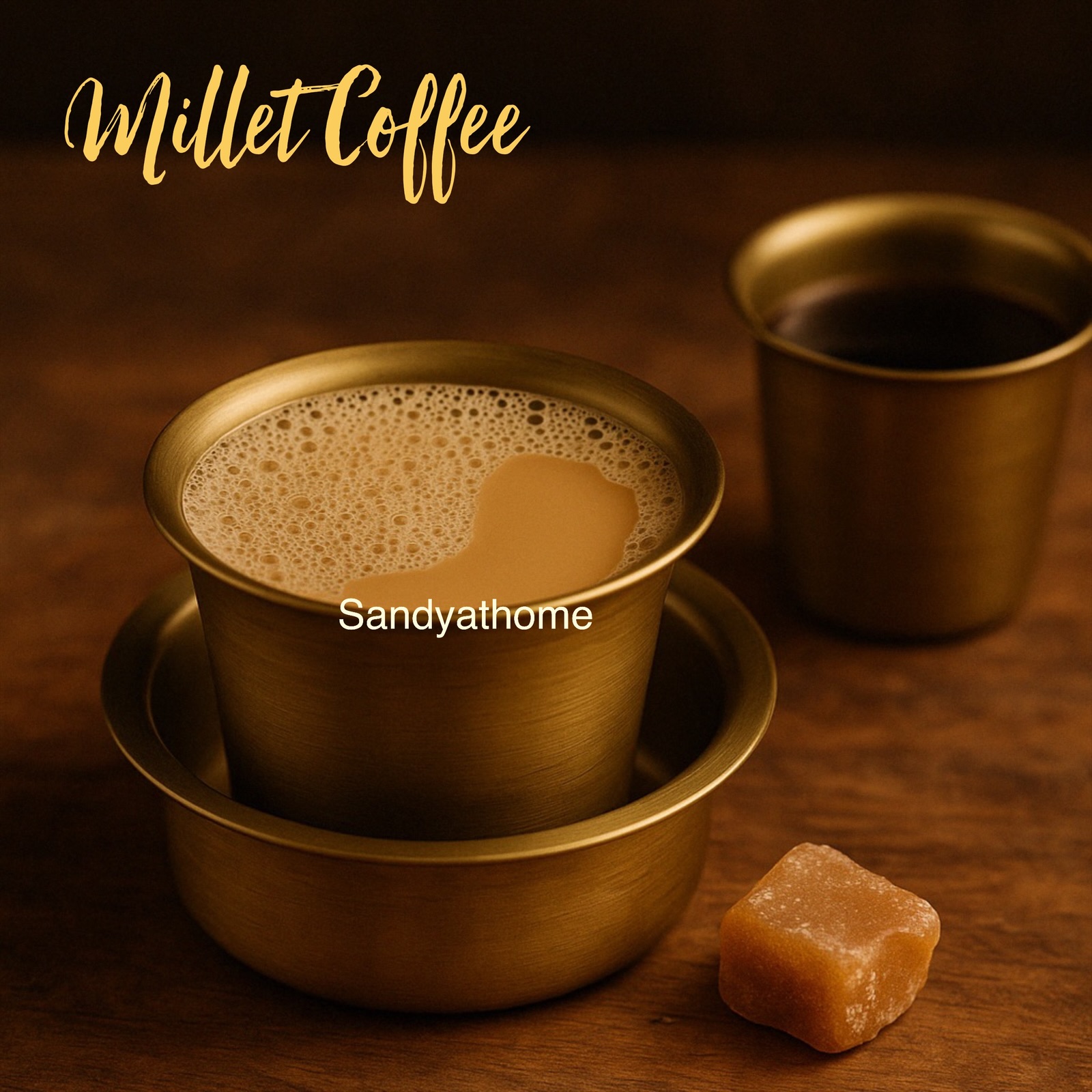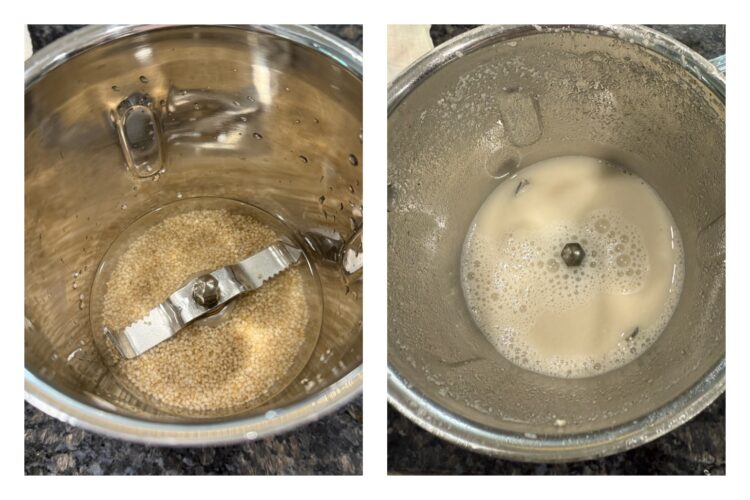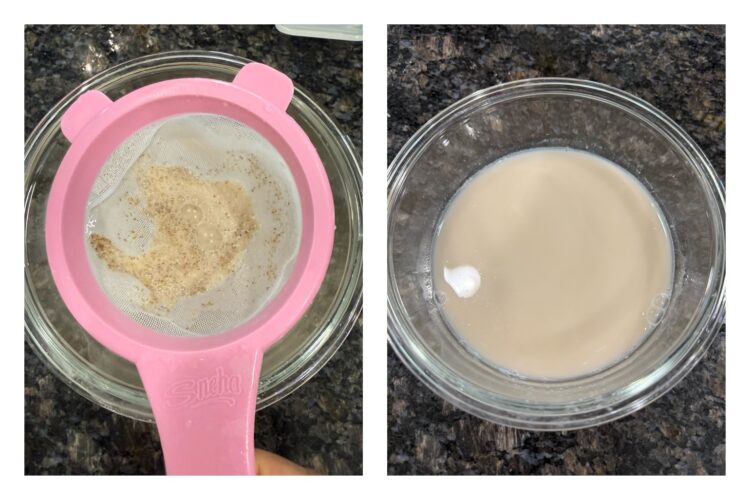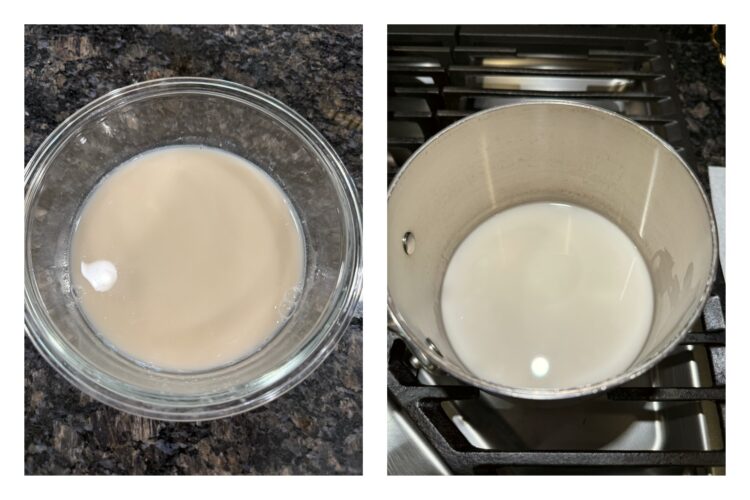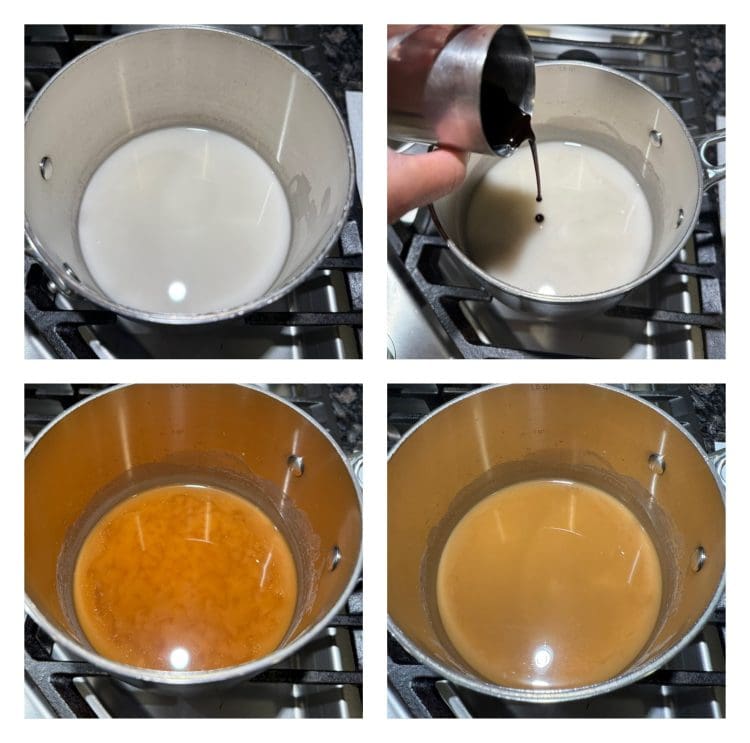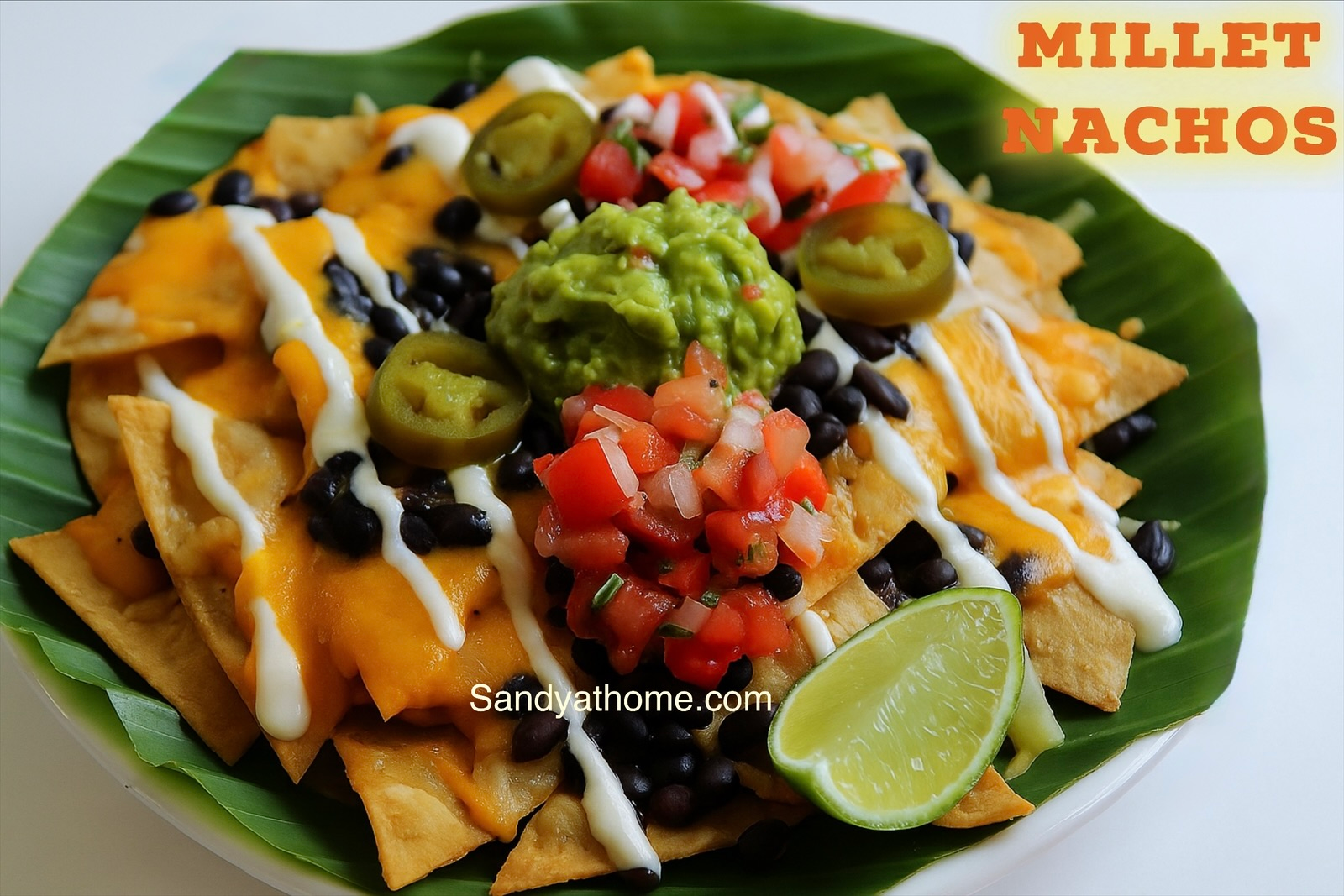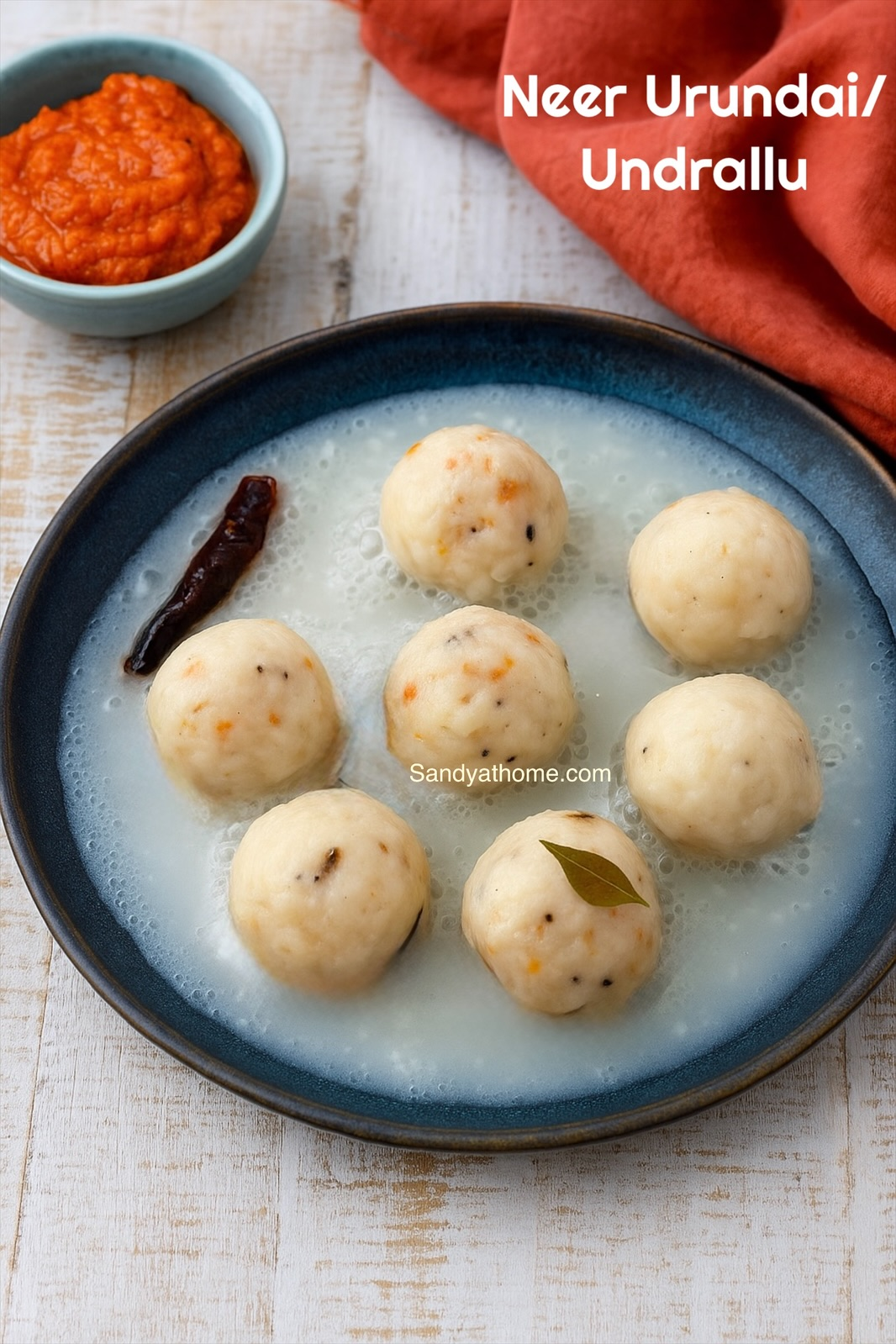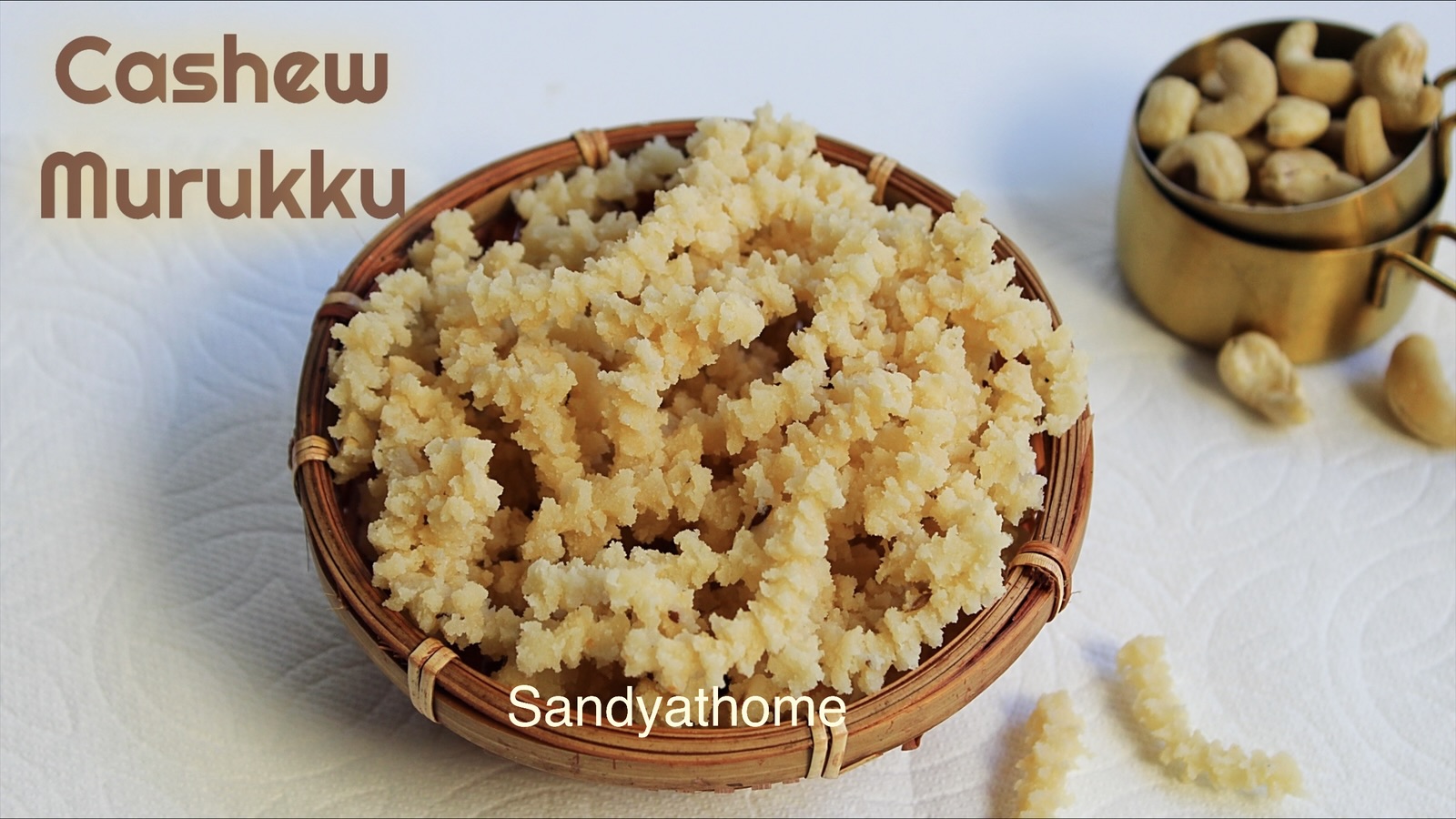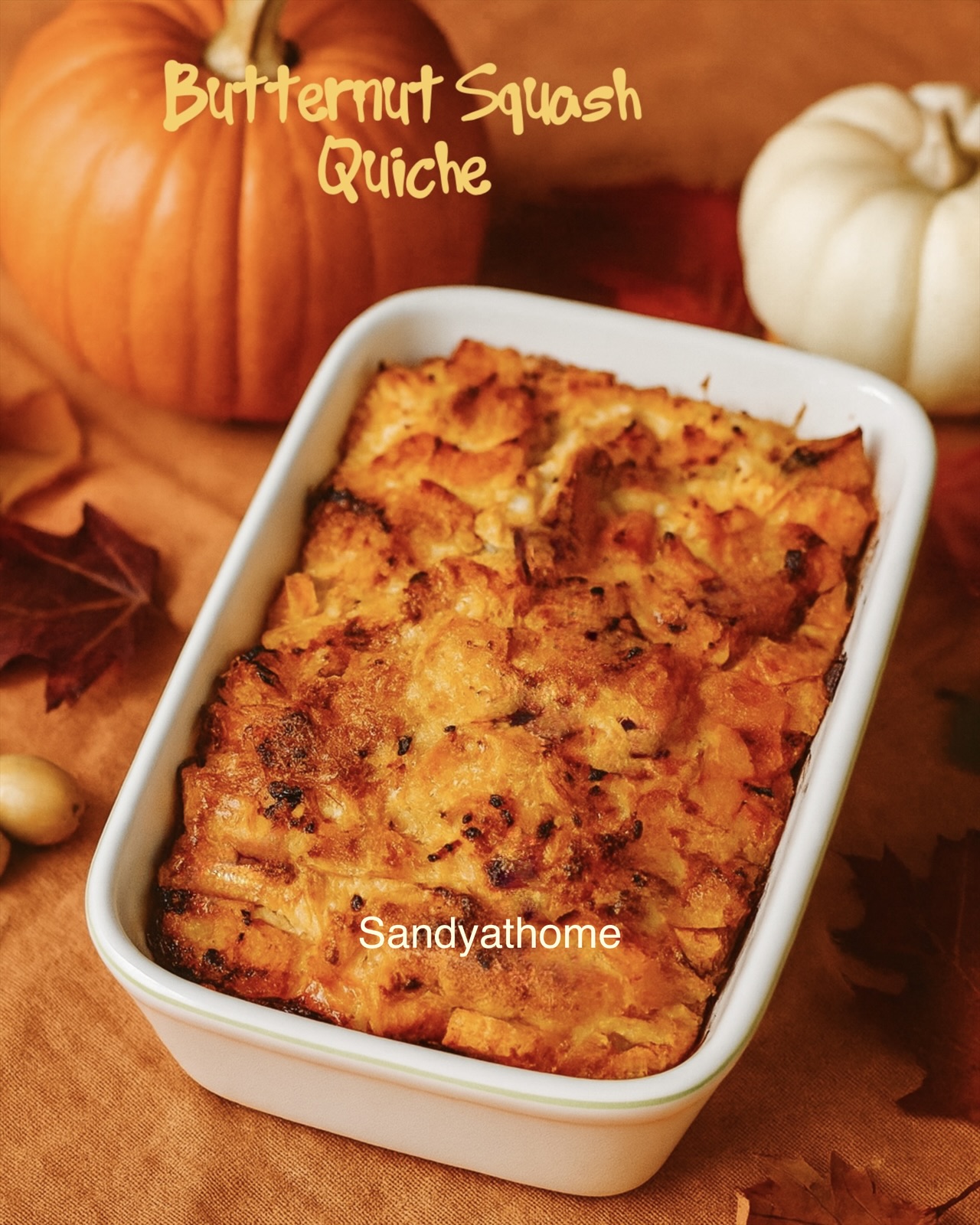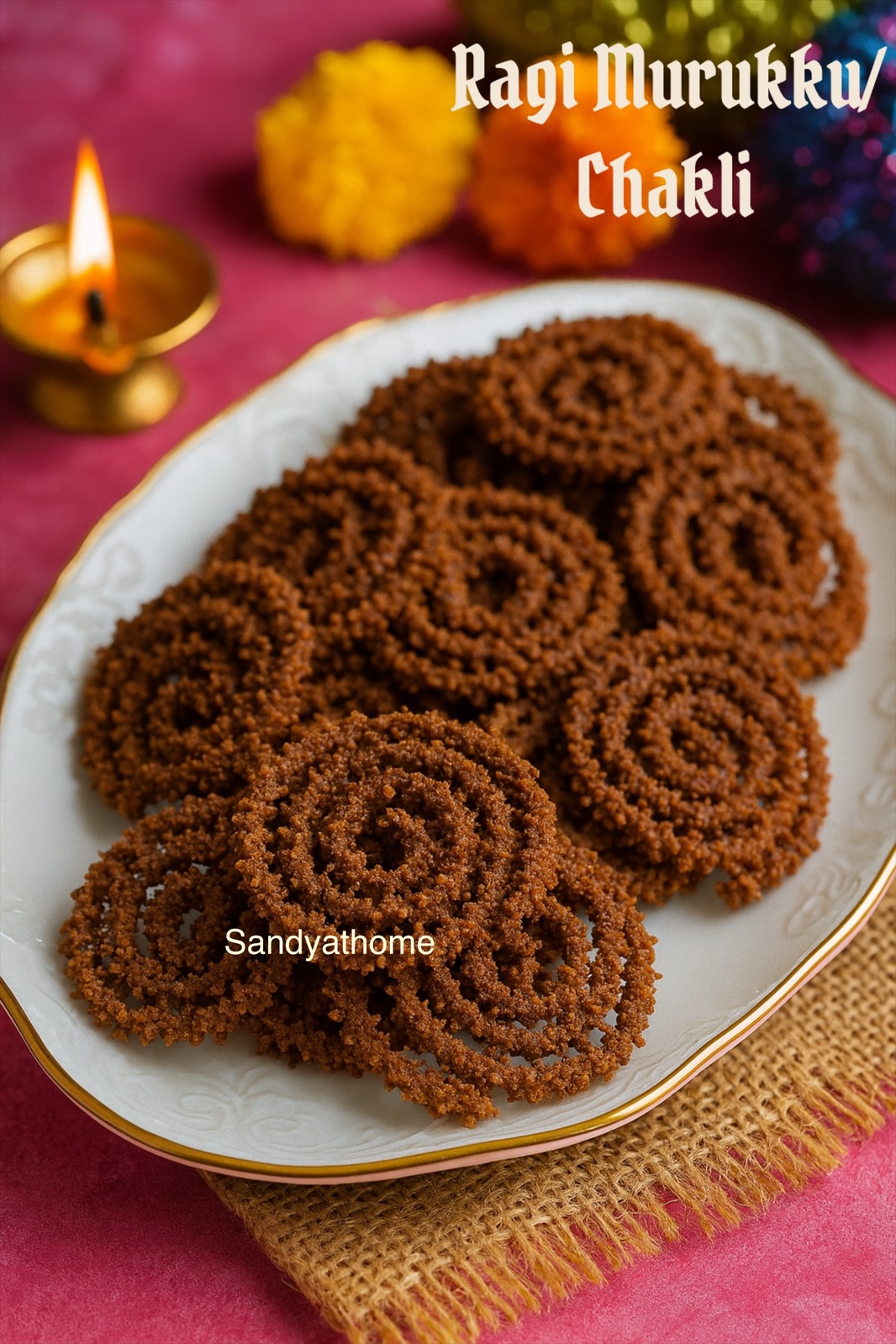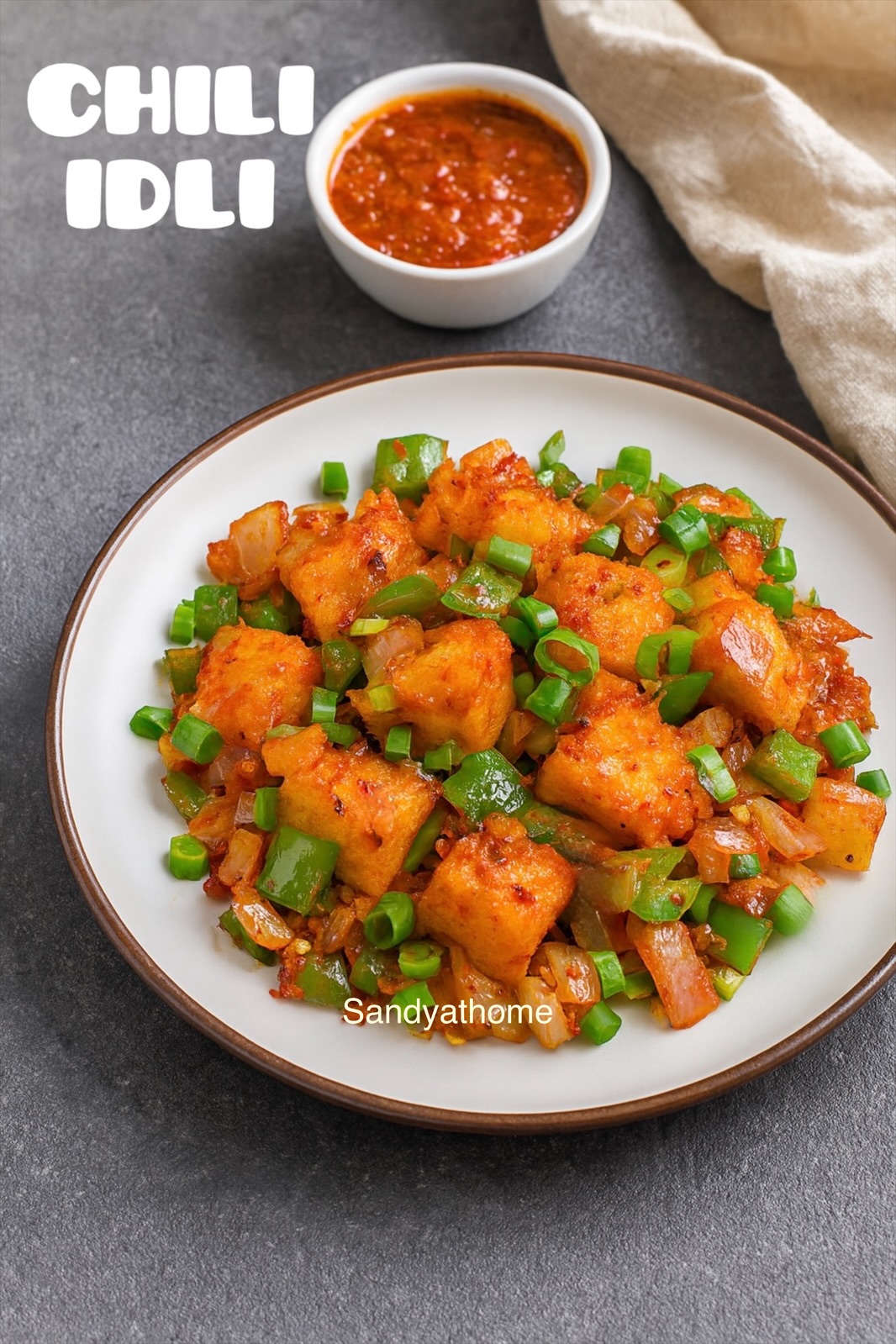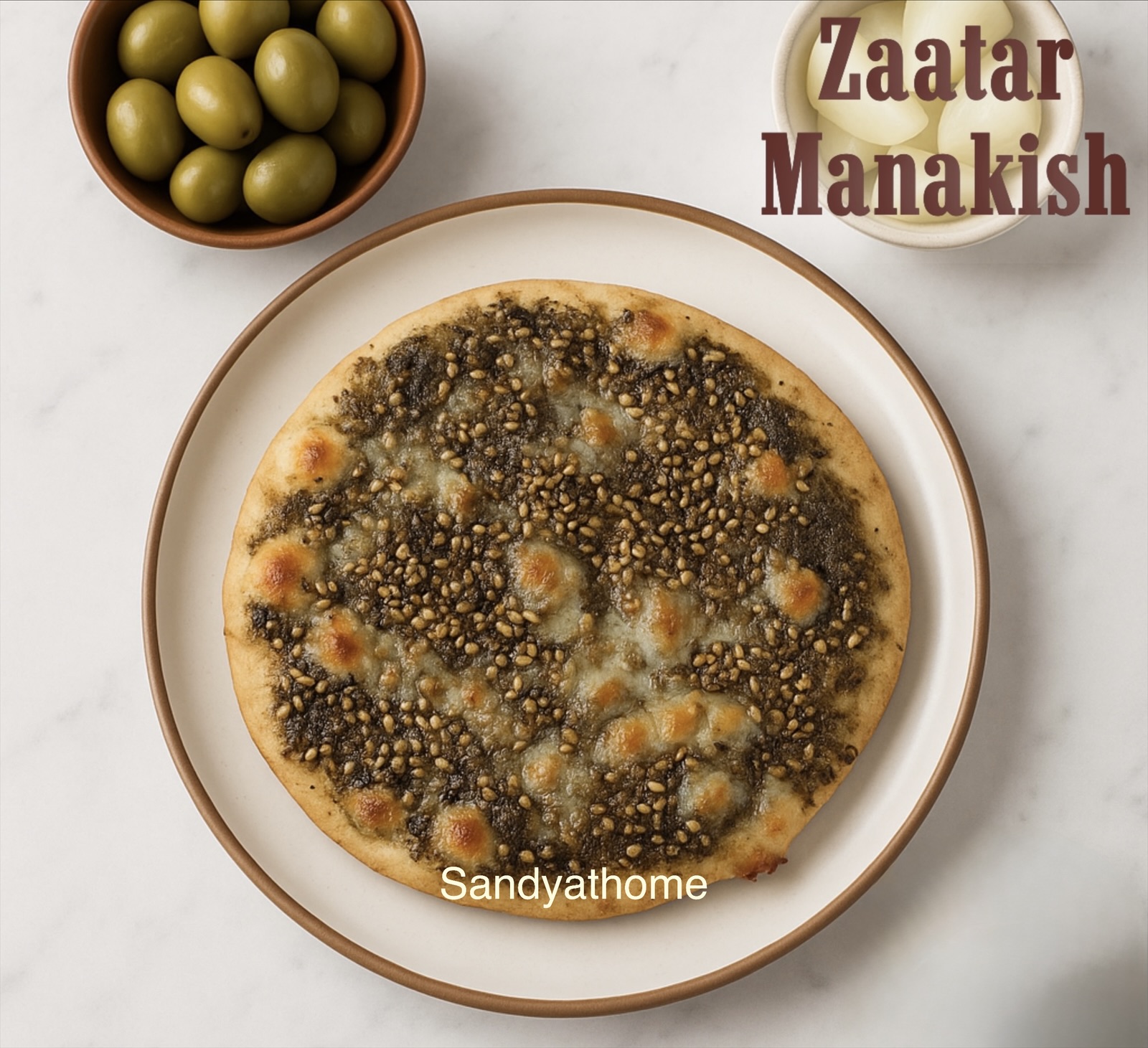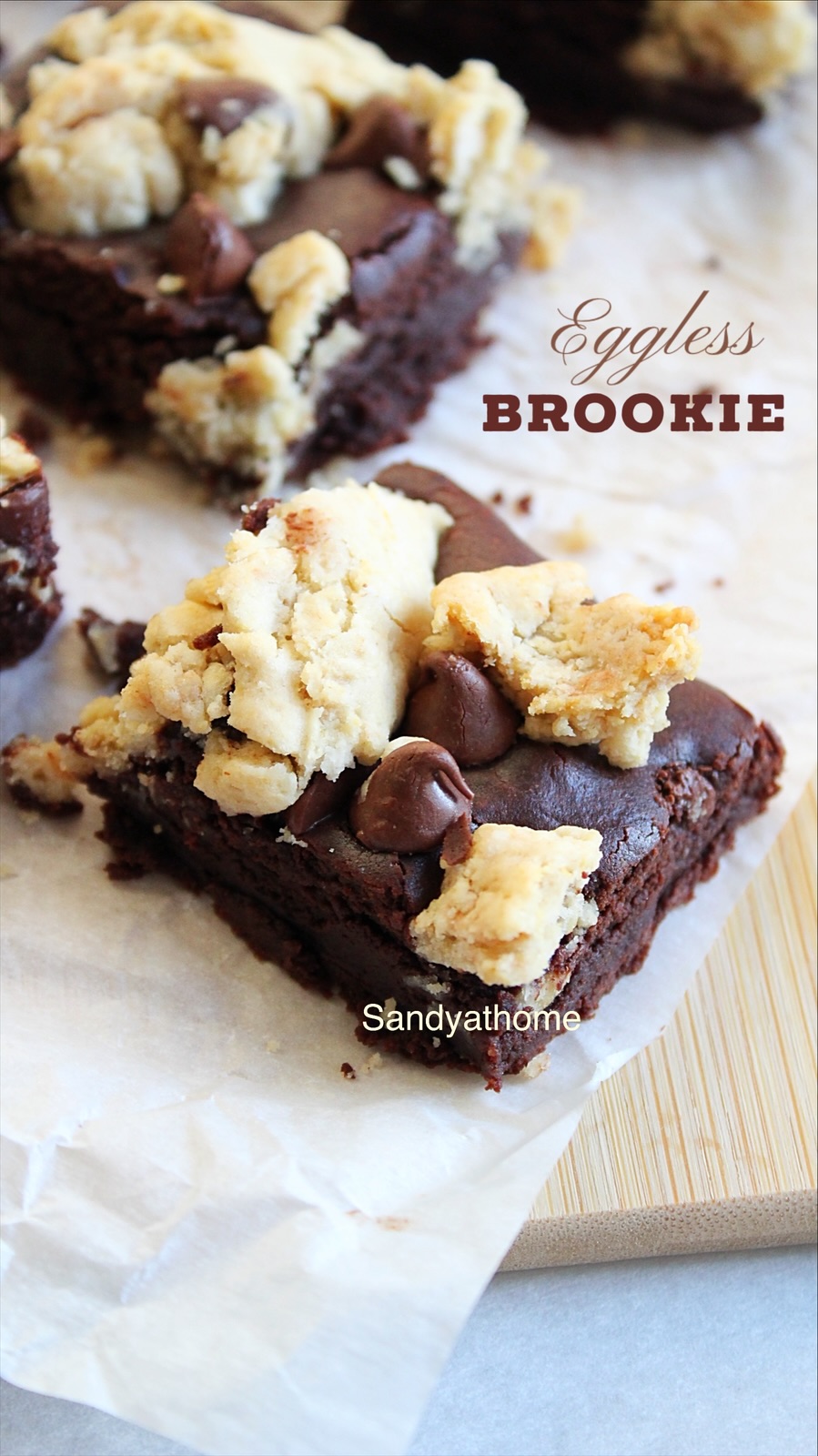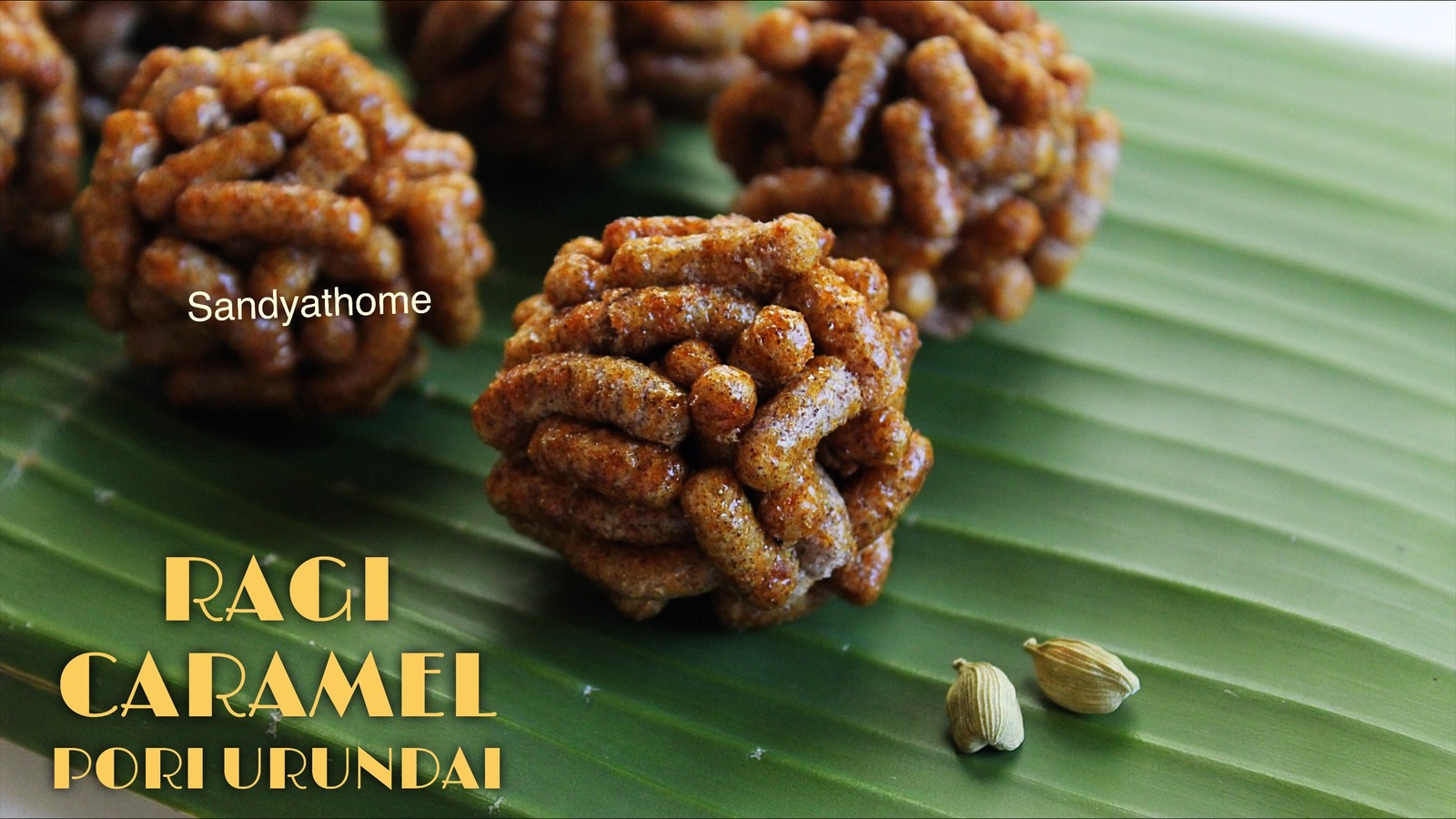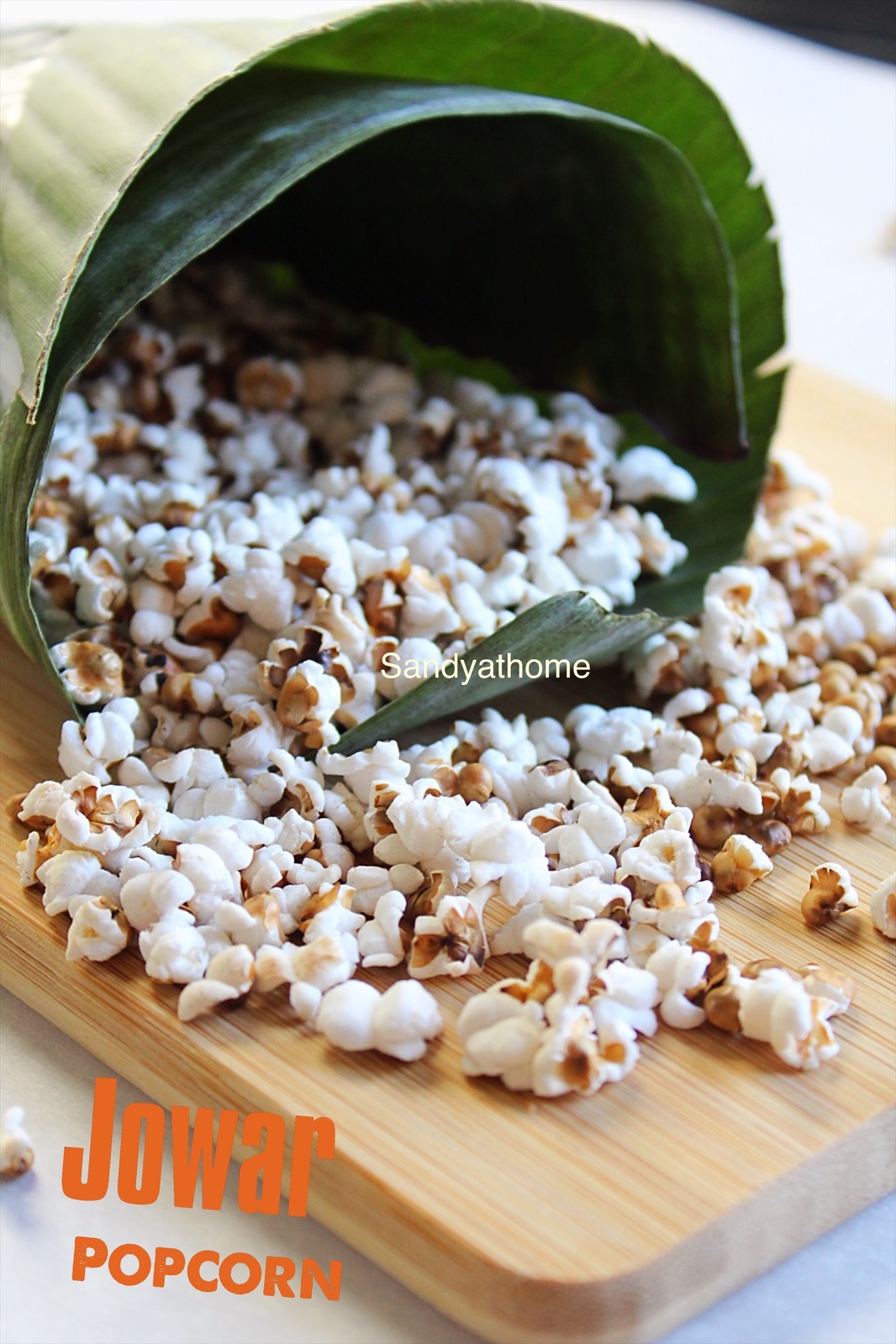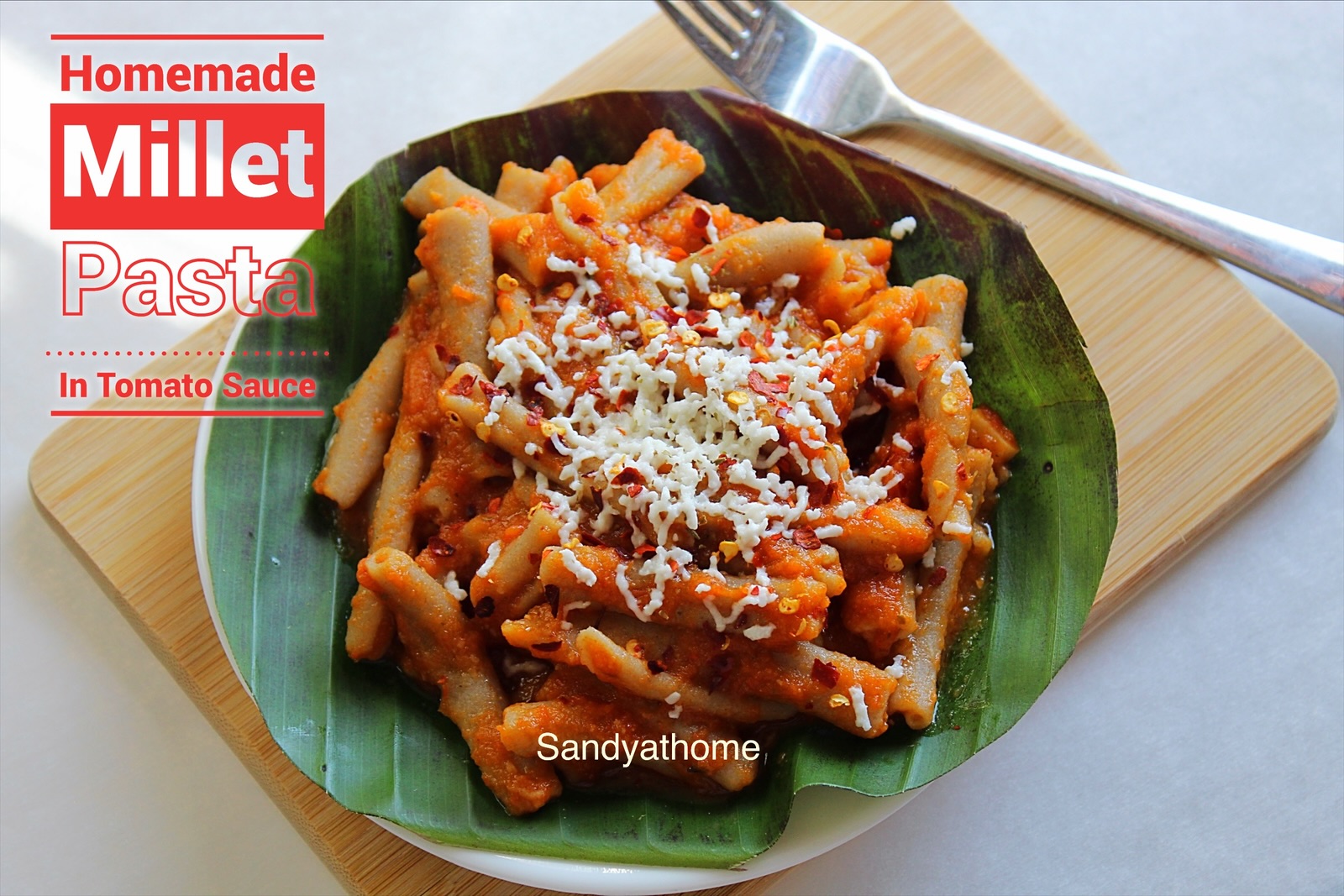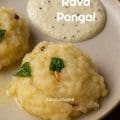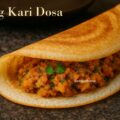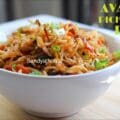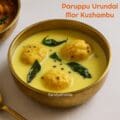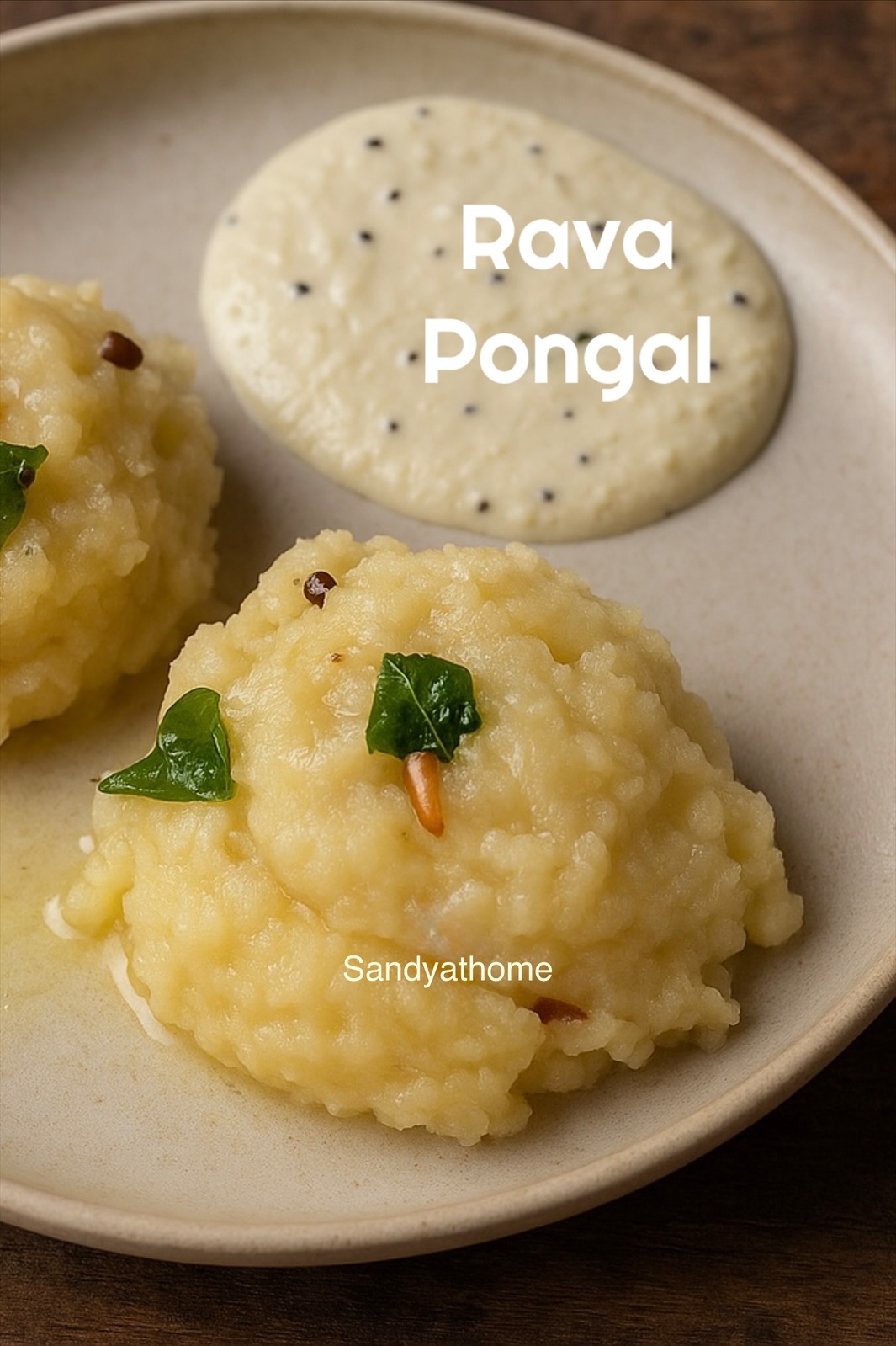Sip of Soft Strength
This World Coffee Day, I’m pouring comfort over caffeine. This isn’t a jolt-in-a-cup kind of coffee.
Millet Coffee, made with homemade Kodo millet milk with decoction and just a hint of palm jaggery, is gentle, earthy, and soothing — like a morning breeze wrapped in brass.
This version of Millet Coffee brings together the earthy smoothness of millet milk and the deep aroma of real coffee decoction.
It’s not strong like your usual kaapi — but it carries gentle bitterness, the warmth of jaggery, and the comforting body of slow-simmered millets.
Each sip feels like a midday pause in Paati’s courtyard, where filter coffee met grain wisdom.
Bite of History: Sirudhaniya/ Millet Coffee
Bite of History: When Kaapi Met Kanji
Before the whir of milk frothers and espresso machines, South Indian mornings echoed with two things — the slow drip of filter coffee decoction, and the soft simmer of millet kanji.
Kodo millet (Varagu), one of the oldest cultivated grains in India, wasn’t just used for porridge. In many agrarian households, it was soaked, blended, and lightly spiced, then taken warm as a pre-dawn energizer — especially during fasting, postpartum, or convalescence.
Meanwhile, filter coffee — introduced much later — became a household ritual on its own. But Paati, ever the minimalist alchemist, saw no reason they couldn’t meet.
Millet Coffee is likely not a recipe found in palm-leaf manuscripts — but it’s something Paati might’ve made if she had both kanji and kaapi brewing side by side. A gentle blend of ancient grains and aromatic decoction, sweetened with jaggery, and served warm in a brass tumbler — the kind of drink that honors two heritages in one humble cup.
Jump to RecipeIngredient Roles in Millet Coffee/ Non Diary Coffee
| Ingredient | Role in the Recipe |
|---|---|
| Kodo Millet (Varagu) | Acts as the base milk; adds creaminess, earthiness, and gut-friendly nourishment. |
| Warm Water | Helps extract the milk from the millet while making it smooth and digestible. |
| Palm Jaggery / Raw Sugar | Naturally sweetens the drink and adds a deep, caramel warmth. Balances the millet’s earthiness. |
| Coffee Decoction | Adds aroma, slight bitterness, and mimics traditional filter coffee if desired. |
You May Also Like these Recipes:
Directions to make millet milk coffee with step by step images
- Prepare Millet Milk:
Rinse soaked Kodo millet (¼ cup).
Blend with 1¼ cups warm water until smooth.
- Strain The millet Milk
Strain using fine sieve or muslin cloth. Set aside the milk.
- Sweeten:
Warm the millet milk gently.
Stir in palm jaggery or sugar until dissolved. Do not boil. Just warm it up.
- Add coffee decoction
Add 3 to 4 tablespoon hot coffee decoction to the warm millet milk.
Stir well. You can whisk or blend for a light froth.
OPTIONAL:
Dissolve ½ to 1 tsp of coffee powder in 2–3 tbsp hot water (adjust strength to taste).
Mix into warm, sweetened millet milk.
- Serve:
Pour into a brass tumbler or your favorite mug.
Pro Tips to make perfect Millet Coffee
- Don’t boil the milk — just warm it
- Use freshly made millet milk for best taste
- Add a spoon of coconut cream for richness if not using decoction
- Always strain well to avoid graininess
Serving Ideas for Dairy Free Millet Latte
- Morning Ritual: With sukku (dry ginger) and jaggery
- Post-meal Digestive: Without decoction, just spiced warm millet milk
- Coffeehouse Style: With decoction, cinnamon dusting, and served in a brass or clay cup
FAQs – Dairy Free Millet Coffee
A: You can make a delicious dairy-free millet coffee by blending soaked Kodo millet with warm water to extract millet milk. This milk acts as a natural, creamy base. Sweeten it with palm jaggery and mix with brewed coffee decoction.
A: Soak Kodo millet for 4–6 hours, blend with warm water, and strain. For lattes, gently warm the milk and mix with jaggery and a touch of decoction or cinnamon. This creates a smooth, comforting drink that’s ideal for gut health.
A: Yes! Millet coffee (Varagu latte) can be made completely caffeine-free by skipping coffee decoction. The drink still feels like a warm hug thanks to the creamy millet milk, jaggery, and optional cardamom or sukku (dry ginger).
A: Store-bought millet milk works in a pinch, but homemade Kodo millet milk is fresher, more nutritious, and tastes better. Plus, it’s free from additives and gives a richer traditional touch to your millet coffee.
A: Yes! In fact, this version uses authentic South Indian filter decoction mixed with Kodo millet milk and jaggery. The result is a creamy, caffeine-light latte that balances tradition and wellness.
A: Yes, you can!
If you don’t have a South Indian filter or decoction ready, you can use instant coffee powder or any brewed coffee method to mix into your Kodo millet milk.
How to do it:
Dissolve ½ to 1 tsp of coffee powder in 2–3 tbsp hot water (adjust strength to taste).
Mix into warm, sweetened millet milk.
Stir well or whisk for froth.
Tea-time snacks
Onion Bajji, How to make Vengaya Bajji
Crispy, golden, and irresistibly comforting — Onion Bajji (Vengaya Bajji) is a classic South Indian tea-time snack made by dipping onion rings in a spiced gram flour batter and frying them to perfection. Best enjoyed hot with coconut chutney and a cup of ginger tea on a rainy day!
Millet Tortilla Nachos, How to make Millet Nachos
Cheesy, crunchy, and wholesome nachos made with crispy millet tortilla chips — topped with melted cheese, beans, salsa, and guacamole for the perfect mix of comfort and taste.
Thanni Urundai, Neer Urundai, How to make Ganji Kudumulu
Soft rice flour dumplings simmered in spiced water, Amma’s comforting Thanni Urundai pairs beautifully with tangy tomato chutney.
Halloween Focaccia Bread with Melty Cheese Ghosts, How to make 50- 50 Focaccia
Soft, golden, and delightfully spooky — this Halloween Focaccia is made with a 50–50 blend of whole wheat and all-purpose flour for the perfect balance of fluff and flavor. Topped with melty mozzarella ghosts and olive spiders, it’s a fun, savory bake that brings festive cheer to your Halloween table!
Cashew Murukku, How to make Mundhiri Murukku Recipe
Crisp, buttery, and delicately nutty — this Mundhiri Murukku (Cashew Murukku) is a simple yet festive South Indian snack perfect for Diwali. Made with freshly prepared fresh cashew paste, rice flour, and butter, it turns out light, golden, and irresistibly crunchy with every bite.
Butternut Squash Quiche, How to make Bread-Base Quiche
Golden, creamy butternut squash quiche made with bread base, cheddar, and feta — a cozy, no-crust autumn brunch favorite baked to perfection.
Ragi Murukku, How to make Ragi Chakli, Millet Murukku
Crispy, wholesome, and deeply flavorful, this Ragi Chakli (Finger Millet Murukku) is a South Indian twist on the classic festive snack — made with ragi flour, ajwain/jeera, and butter for a perfectly earthy crunch.
Chili Idli, How to make Chilli Idli, Leftover Idli Recipe
A quick and spicy Indo-Chinese snack made by tossing crispy air-fried idli cubes in a garlicky harissa-chilli sauce with onions, capsicum, and spring onions — perfect for using up leftover idlis in the most delicious way!
Zaatar Manakish, How to make Manakish Lebanese flatbread
Zaatar Manakish is a soft, oven-baked Lebanese flatbread topped with a fragrant zaatar-olive oil blend — a beloved Middle Eastern breakfast classic.
Eggless Brookie, How to make Eggless Brookie
Eggless brookies combine the best of both worlds — a chewy cookie top with a fudgy brownie base. With a shiny crinkle crust and gooey center, these bars are the perfect indulgence for chocolate lovers.
Other Millet Recipes
Millet Tortilla Nachos, How to make Millet Nachos
Cheesy, crunchy, and wholesome nachos made with crispy millet tortilla chips — topped with melted cheese, beans, salsa, and guacamole for the perfect mix of comfort and taste.
Millet Suzhiyam, How to make Millet Suyyam
Celebrate Diwali the wholesome way with this Thinai (Foxtail Millet) Suzhiyam / Suyyam — a golden, crisp festive sweet filled with soft jaggery-chana dal goodness. This healthy twist keeps all the traditional flavor while swapping maida for nutritious millet flour.
Ragi Murukku, How to make Ragi Chakli, Millet Murukku
Crispy, wholesome, and deeply flavorful, this Ragi Chakli (Finger Millet Murukku) is a South Indian twist on the classic festive snack — made with ragi flour, ajwain/jeera, and butter for a perfectly earthy crunch.
Millet Upma Kozhukattai, How to make Millet Upma Kudumulu
Foxtail Millet Upma Kozhukattai, also called Upma Kudumulu, is a healthy South Indian steamed dumpling made with millet upma, perfect for breakfast, tiffin, or prasadam.
Millet Thattai, How to make Millet Pappu Chekkalu, Millet Nipattu
Crisp, lightly spiced, and made with wholesome millet flour, this millet thattai — also known as pappu billalu, millet chekkalu, and nipattu — is a festive South Indian snack perfect for Krishna Jayanthi or tea-time munching.
Ragi Pori Urundai, How to make Caramel Millet Pori Urundai
Make this crunchy and wholesome Ragi Caramel Pori Urundai with Sukku — a golden caramel-coated puffed ragi sweet perfect for Karthigai Deepam, Krishna Jayanthi, or Ganesh Chaturthi. With earthy millet flavor, gentle spice from sukku, and a festive crunch, it’s a healthier twist on the traditional pori urundai.
Millet Popcorn, How to make Jowar Popcorn
Crispy, guilt-free, and made without a drop of oil — this jowar popcorn is a millet-based twist on your favorite movie snack. Popped in a pressure cooker and served in a banana leaf cone, it’s simple, wholesome, and straight from the roots.
Millet Pakoda, How to make Ragi Onion Pakoda, Ragi Snacks
Crispy, earthy, and wholesome — this Ragi Onion Pakoda is a millet-based twist on the classic Indian tea-time snack. Made with ragi flour, onions, and spices, it’s a simple yet flavorful recipe that revives a forgotten kitchen tradition.
Homemade Millet Pasta, How to make Millet Tomato Pasta
Millet Foldies are handmade pasta rolls shaped with a skewer using little millet and wheat flour. Paired with a desi-style tomato sauce, this recipe brings together tradition and comfort in one beautiful bowl.
Ragi Rava Idli, How to make Instant Ragi Idli
A soft, wholesome idli recipe made with ragi flour and rava — no fermentation needed! This small batch is perfect for quick breakfasts or light dinners, ready in under 30 minutes.
